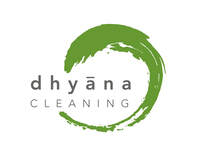CLEANING THE INTERNAL + EXTERNAL: REVEALING BEAUTY
Covid-19: understanding the difference between
cleaning, sanitizing and disinfecting
Taking care of yourself also means taking care of your environment.
- Unknown
With the rising number of COVID-19 cases in Toronto and flu season on the horizon, it’s critical that we understand how an effective cleaning and hygiene program can substantially reduce the spread of influenza, the cold and other infectious diseases. Creating a safe space is a vital piece in the process of going from surviving to thriving in your home.
As professional eco-friendly cleaners, we feel it’s our duty to arm our clients with cleaning tips and home cleaning knowledge to keep our sanctuaries free of viruses, germs, and bacteria (especially as we continue to navigate through a global pandemic). In this blog, we’ll highlight the difference between cleaning, sanitizing, and disinfecting, along with common cleaning misconceptions and best practices for each.
THE ELEPHANT IN THE ROOM
First things first. There’s a burning misconception that non-toxic cleaning products aren’t effective and that only toxic cleaning products properly disinfect. In fact, accelerated hydrogen peroxide – the active, non-toxic ingredient in many eco-friendly disinfectants, is often equally or more effective than toxic chemical disinfectants, as it has a very short dwell time. Most importantly, it doesn’t irritate your skin or respiratory system.
Ammonia based cleaners are especially dangerous and should be avoided. Exposure to high concentrations of ammonia in air may lead to bronchial and alveolar edema. This may obstruct the air passage and cause respiratory disorders. Direct contact with industrial cleaners that contain high concentrations of ammonia may also inflict severe skin burns, permanent eye damage, or even blindness.
TIP: check your cleaning products label for the 'Emerging Viral Pathogens' claim.
As professional eco-friendly cleaners, we feel it’s our duty to arm our clients with cleaning tips and home cleaning knowledge to keep our sanctuaries free of viruses, germs, and bacteria (especially as we continue to navigate through a global pandemic). In this blog, we’ll highlight the difference between cleaning, sanitizing, and disinfecting, along with common cleaning misconceptions and best practices for each.
THE ELEPHANT IN THE ROOM
First things first. There’s a burning misconception that non-toxic cleaning products aren’t effective and that only toxic cleaning products properly disinfect. In fact, accelerated hydrogen peroxide – the active, non-toxic ingredient in many eco-friendly disinfectants, is often equally or more effective than toxic chemical disinfectants, as it has a very short dwell time. Most importantly, it doesn’t irritate your skin or respiratory system.
Ammonia based cleaners are especially dangerous and should be avoided. Exposure to high concentrations of ammonia in air may lead to bronchial and alveolar edema. This may obstruct the air passage and cause respiratory disorders. Direct contact with industrial cleaners that contain high concentrations of ammonia may also inflict severe skin burns, permanent eye damage, or even blindness.
TIP: check your cleaning products label for the 'Emerging Viral Pathogens' claim.
Five common cleaning misconceptions.
We’ve seen some bold claims regarding ways to clean, sanitize and disinfect to stop the spread of COVID-19. The following are the most common misconceptions we read:
1. “Any household cleaner will work”
Each cleaner is designed for a different purpose – and only few are able to disinfect surfaces. It’s important to note that only disinfectants and sanitizers will kill viruses. A cleaner-disinfectant is a type of disinfectant that cleans as well as disinfects, however it should be noted that a heavily soiled surface needs to be cleaned first, to remove all organic material, prior to disinfecting (even with a cleaner-disinfectant).
2. “Mixing cleaners improves effectiveness”
This not only dilutes effectiveness; it can create extremely toxic fumes from a chemical reaction.
3. “Cleaning wipes are a quick and effective alternative”
Reading the label reveals that these products actually require the surface to remain wet for approximately 10 minutes in order to achieve effective disinfection. It’s also important to remember that the surface needs to be cleaned prior to using the wipes.
4. “Homeopathic disinfectants are better than chemicals”
Not all chemicals are created equal. Similarly, most homeopathic remedies are reliable sanitizers but not necessarily as disinfectants.
5. “You should disinfect everything”
Over-disinfecting can be dangerous to your home and health. Focusing on high touch areas while sanitizing everywhere else is a much safer and sustainable practice.
1. “Any household cleaner will work”
Each cleaner is designed for a different purpose – and only few are able to disinfect surfaces. It’s important to note that only disinfectants and sanitizers will kill viruses. A cleaner-disinfectant is a type of disinfectant that cleans as well as disinfects, however it should be noted that a heavily soiled surface needs to be cleaned first, to remove all organic material, prior to disinfecting (even with a cleaner-disinfectant).
2. “Mixing cleaners improves effectiveness”
This not only dilutes effectiveness; it can create extremely toxic fumes from a chemical reaction.
3. “Cleaning wipes are a quick and effective alternative”
Reading the label reveals that these products actually require the surface to remain wet for approximately 10 minutes in order to achieve effective disinfection. It’s also important to remember that the surface needs to be cleaned prior to using the wipes.
4. “Homeopathic disinfectants are better than chemicals”
Not all chemicals are created equal. Similarly, most homeopathic remedies are reliable sanitizers but not necessarily as disinfectants.
5. “You should disinfect everything”
Over-disinfecting can be dangerous to your home and health. Focusing on high touch areas while sanitizing everywhere else is a much safer and sustainable practice.
cleaning vs. sanitizing vs. disinfecting
(What's the difference?)
Cleaning removes germs, dirt, and impurities from surfaces or objects. Cleaning works by using soap (or detergent) and water to physically remove germs from surfaces. This process doesn’t necessarily kill germs, but by removing them, it lowers their numbers and the risk of spreading infection.
Sanitizing lowers the number of germs on surfaces or objects to a safe level, as judged by public health standards or requirements. This process works by either cleaning or disinfecting surfaces or objects to lower the risk of spreading infection.
Disinfecting kills germs on surfaces or objects. Disinfecting works by using chemicals to kill germs on surfaces or objects. This process doesn’t necessarily clean dirty surfaces or remove germs, but by killing germs on a surface after cleaning, it can further lower the risk of spreading infection.
Source: Centers for Disease Control and Prevention.
Sanitizing lowers the number of germs on surfaces or objects to a safe level, as judged by public health standards or requirements. This process works by either cleaning or disinfecting surfaces or objects to lower the risk of spreading infection.
Disinfecting kills germs on surfaces or objects. Disinfecting works by using chemicals to kill germs on surfaces or objects. This process doesn’t necessarily clean dirty surfaces or remove germs, but by killing germs on a surface after cleaning, it can further lower the risk of spreading infection.
Source: Centers for Disease Control and Prevention.
HOME CLEANING BEST PRACTICES
CLEANING TIPS
SANITIZING TIPS
DISINFECTING TIPS
Refer to the EPA list of registered N-list disinfectants to ensure your product is considered an effective option for novel coronavirus.
Six steps for safe and effective disinfectant use.
- Use microfiber cloths. Microfiber is the safest way to clean most surfaces. A cloth dampened with warm water can wipe away up to 99% of dirt and bacteria . Always choose high quality cloths.
- Wear gloves. Even when using safe products, your hands can absorb the viruses you’re trying to mitigate from surfaces. Wash hands immediately after removing gloves and launder reusable gloves in hot water and hydrogen peroxide or oxygenated bleach
- Avoid cross-contamination. Don't use the same cloths in different rooms of the house as this can transport germs. You should also launder them in hot water after use or keep sealed in a plastic bag until laundering.
SANITIZING TIPS
- Read the label. Every product that claims to kill germs will have instructions on how long a surface must remain wet to be sanitized (typically around 30 seconds), as well as whether the surface must be rinsed afterward.
- Sanitize food areas instead of disinfecting. Even green disinfectants can be harmful to ingest, so stick to sanitizing food areas and utensils regularly and only use disinfectant once in a while (rinse thoroughly!)
- Clean first, then sanitize. Heavily soiled areas should be visibly clean before applying sanitizer or disinfectant. Even if your cleaner is also a sanitizer, dirt can get in the way of its effectiveness against germs.
- Make use of your dishwasher. High heat is the best sanitizer. Some items you may not have thought of dishwashing include: cleaning brushes, toys, hats, hair brushes, tooth brush holders, sponges, dust pans, shoes, vent covers, and vacuum cleaner attachments.
DISINFECTING TIPS
- Disinfecting dwell time is critical! Dwell time refers to how long the product must sit wet on the surface to be effective. Any less than this will result in a sanitized surface at best. Homeopathic and botanical disinfectants often require 5-15 minutes to be effective, which is why they’re not always the best choice.
- Don't disinfect everything. There is such a thing as being too clean. Lack of regular interaction with a safe level of germs disrupts our immune system’s ability to detect and fight off infection. Stick to frequently touched areas and horizontal surfaces.
- Prevention is still key. The best way to keep a healthy home is to prevent spread to begin with. Practice proper hygiene, use appropriate PPE outdoors, when possible, take your shoes off before entering your home and wipe or quarantine groceries and packages before bringing them into your space.
Refer to the EPA list of registered N-list disinfectants to ensure your product is considered an effective option for novel coronavirus.
Six steps for safe and effective disinfectant use.
TOXIC VS. NON-TOXIC CLEANING
All disinfectants – whether toxic or non-toxic – kill viruses. So why choose non-toxic (green) cleaning products? Because toxic cleaning products greatly impact our long-term health and environment. The chemicals in many cleaners are common pollutants that contribute to smog, reduce the quality of drinking water and are toxic to animals. The U.S. Environmental Protection Agency names phosphorus, nitrogen, ammonia and chemicals grouped under the term "Volatile Organic Compounds" as the worst environmental hazards in household cleaners.
A Canadian Medical Association Journal study that looked at 26 types of home cleaners — disinfectants, laundry detergents, air fresheners and hand sanitizers — showed “young infants living in homes where cleaning products were used frequently were more likely to develop childhood wheeze and asthma by age three.” - “Queen of Green”, David Suzuki
A Canadian Medical Association Journal study that looked at 26 types of home cleaners — disinfectants, laundry detergents, air fresheners and hand sanitizers — showed “young infants living in homes where cleaning products were used frequently were more likely to develop childhood wheeze and asthma by age three.” - “Queen of Green”, David Suzuki
our top 3 green cleaning product must-have's
1. Pink Solution: Multi-Purpose Cleaner
Non-toxic and biodegradable. Pink Solution is a natural enzyme cleaner, which when mixed with water, emulsifies dirt, grease and grime, and restores finishes to their natural state. Contains no chemicals, and can be inhaled, eaten and used without any gloves, with no ill effects.
Works well for: Kitchen, bathroom, grout, grease, floor, almost all surfaces, soils and stains.
2. Nature Clean: Cream Cleanser
Non-scratching, Non-toxic, Chlorine Free, Biodegradable. Apply cleanser directly on surface. Rub gently with a damp sponge (or SOS pad), rinse and wipe clean.
Works well for: bathtubs, sinks, Greasy oven surfaces and hoods, spot cleaning on walls.
3. Optim 33 TB: Disinfectant
Optim is an used for disinfecting high touch surfaces. Must let product sit wet on surface for 1 minute prior to wiping.
Non-toxic and biodegradable. Pink Solution is a natural enzyme cleaner, which when mixed with water, emulsifies dirt, grease and grime, and restores finishes to their natural state. Contains no chemicals, and can be inhaled, eaten and used without any gloves, with no ill effects.
Works well for: Kitchen, bathroom, grout, grease, floor, almost all surfaces, soils and stains.
2. Nature Clean: Cream Cleanser
Non-scratching, Non-toxic, Chlorine Free, Biodegradable. Apply cleanser directly on surface. Rub gently with a damp sponge (or SOS pad), rinse and wipe clean.
Works well for: bathtubs, sinks, Greasy oven surfaces and hoods, spot cleaning on walls.
3. Optim 33 TB: Disinfectant
Optim is an used for disinfecting high touch surfaces. Must let product sit wet on surface for 1 minute prior to wiping.
dhyana's response to covid-19
Our world has changed, and so has the way we approach our work as cleaners. We want to share the enhanced protocols we’ve implemented to ensure our team members and our clients are protected:
- Infection Prevention and Control Certification. As of April 6th, 2020, all Dhyana Cleaners responsible for cleaning and disinfecting your home will be certified in infection control from IPAC.
- Social Distancing. We ask that our cleaners be given 6 feet of physical space while cleaning.
- Wearing gloves and practicing hand hygiene. All Dhyana Cleaners will wear gloves while cleaning your home, and have been trained to follow strict hand hygiene protocols as per the CDC (Centers for Disease Control and Prevention) and Public Health Ontario.
- Surface disinfecting. Researchers believe coronavirus and flu might spread from dust particles. We’re now using a hospital grade EPA approved disinfectant on all surfaces with special attention paid to high risk touch points (counter tops, bathroom surfaces, doorknobs, light switches, refrigerator handle, etc.) This product is non-toxic and biodegradable.
- Disposable shoe coverings: The floor is a super-highway for the virus to collect, which is why we wear shoe covers and dispose of them at the end of each cleaning. We also use microfiber mops (different mop heads at each home) and disinfect them with hydrogen peroxide and hot water at 60–90°C (140–194°F).
- Vacuums and mops. We would prefer to use yours; however, if this isn’t possible, our cleaners will empty and disinfect our equipment after each use.
- Disposable cloths. In order to eliminate cross-contamination between homes, we’re now utilizing biodegradable disposable cloths.
- Changing linen. We’ll continue to make beds, but ask that you or your guests strip the bed and remove the linens, if you want us to put on fresh linen.
DHYANA CLEANING CARE KIT
Purchase a Care Kit of Dhyana Cleaning Products, including non-toxic hospital grade disinfectant! Our cleaning kits are a great way to keep your space healthy and safe while staying home.
DHYANA CLEANING GUIDE
Click here to access our in-depth Dhyana Cleaning Guide for information on how to effectively disinfect your home with your health and safety in mind.
LET'S GET SOCIAL!
Connect with Dhyana Cleaning on Instagram and Facebook!
LET'S GET SOCIAL!
Connect with Dhyana Cleaning on Instagram and Facebook!
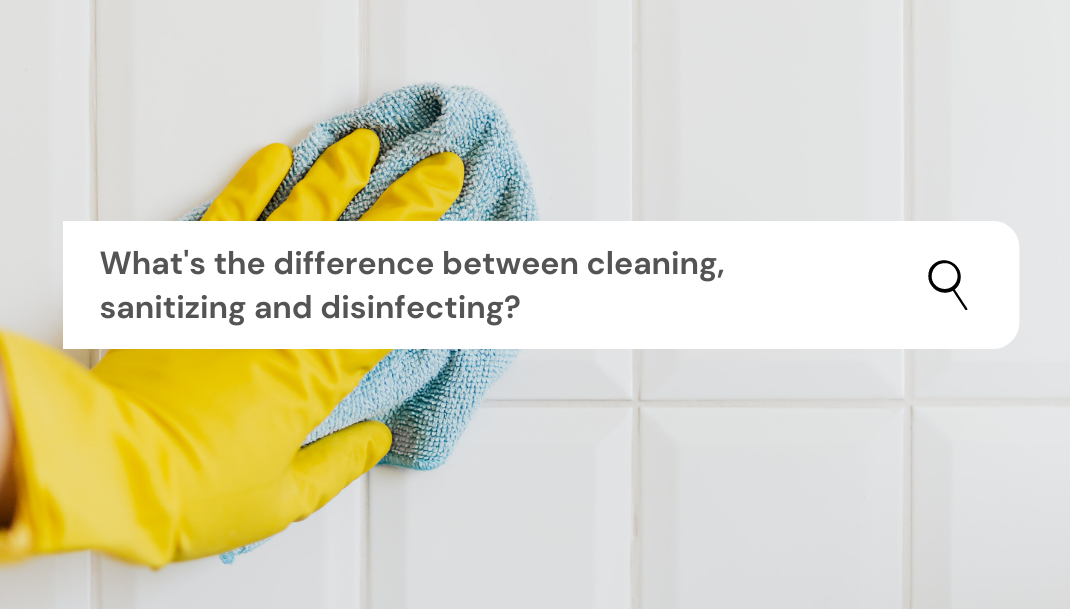
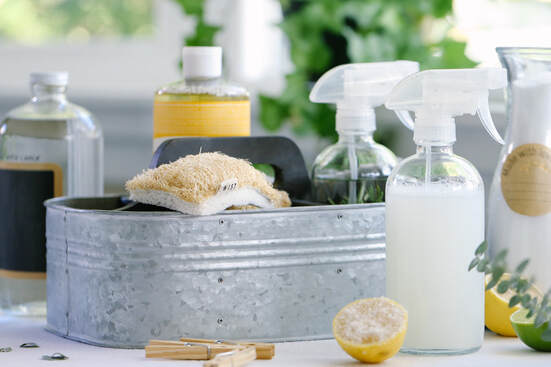

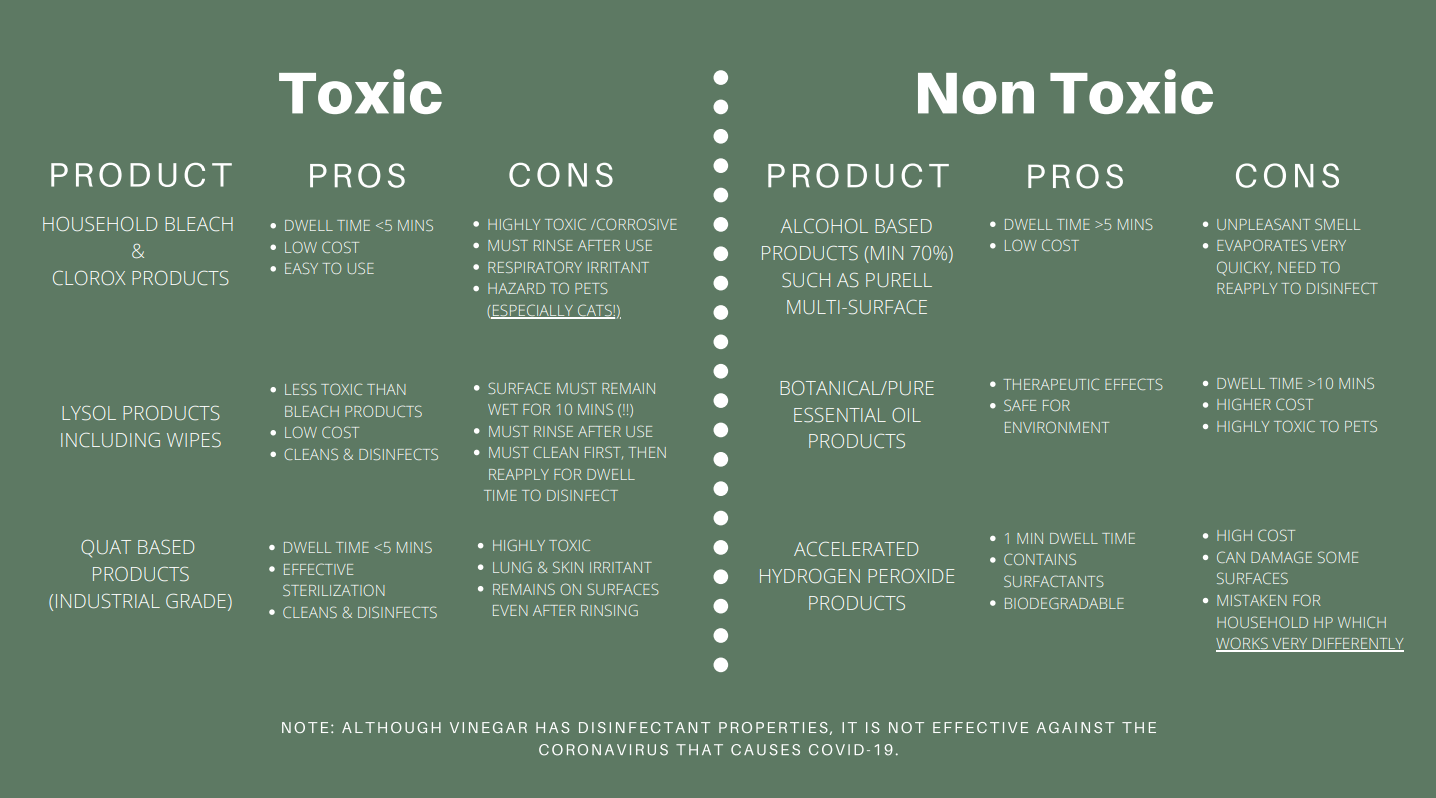

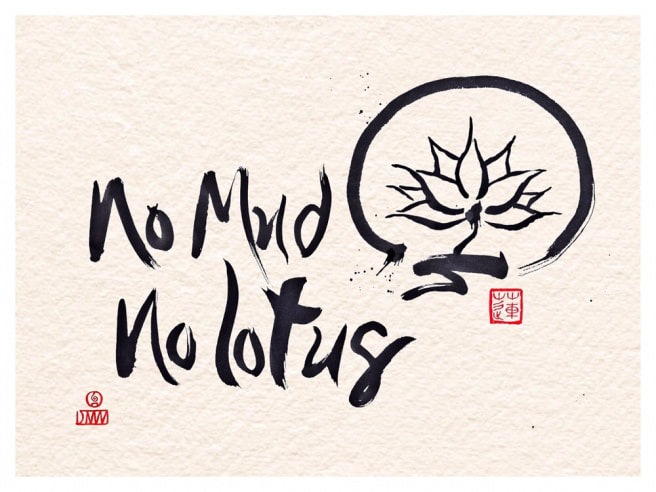
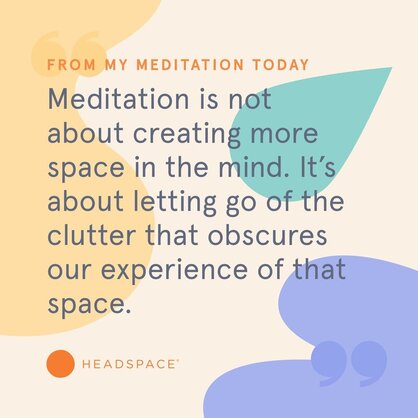
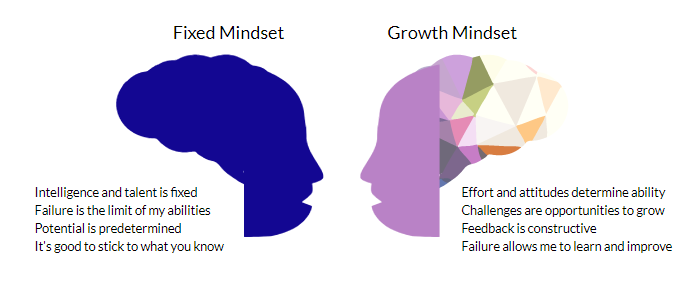
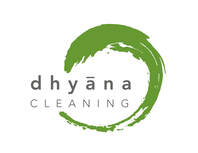
 RSS Feed
RSS Feed
